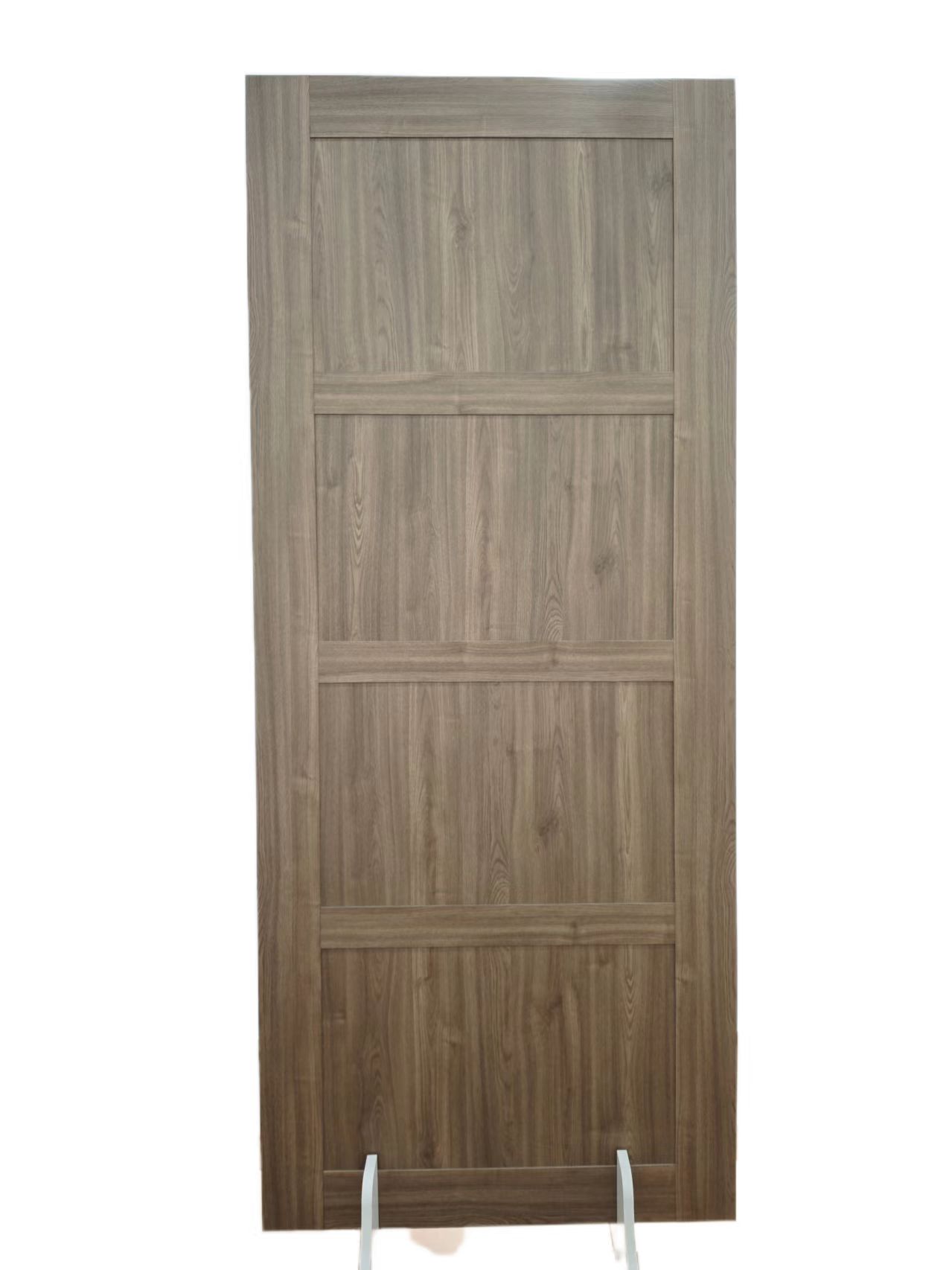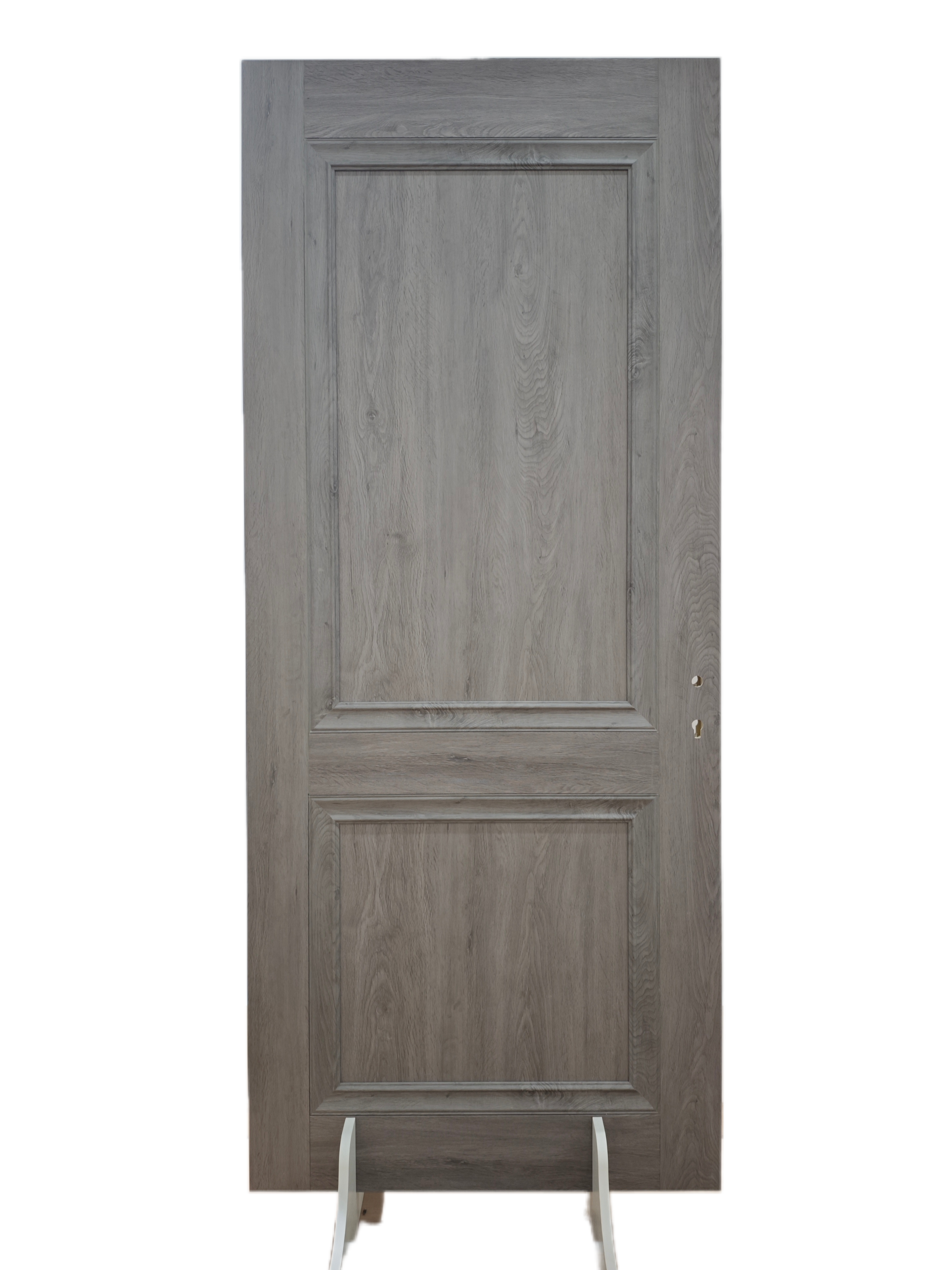Industry knowledge
What specific cleaning agents and methods are recommended for maintaining the finish of a WPC Assemble Door?
WPC Assemble Doors are celebrated for their durability and low-maintenance qualities. To ensure your investment retains its aesthetic appeal and structural integrity over its long lifespan, proper routine cleaning is essential. The core principle of care is to protect the door's surface finish—often a protective PVC laminate or durable paint—by relying exclusively on gentle methods and non-abrasive agents.
As a leading producer in this sector, Hangzhou Lanyun New Materials Co., Ltd. operates as a high-tech enterprise specializing in the research and development, production, and sales of these environmentally friendly decorative materials. With a vast production area of over 20,000 square meters and a factory site covering 10,000 square meters, the company maintains a strong commitment to quality and volume. Our state-of-the-art facilities are equipped with 12 international advanced WPC wood-plastic door extrusion production lines and 10 coating production lines, supporting an annual output of 300,000 sets of WPC wood-plastic doors and 150,000 sets of melamine wood doors. This extensive manufacturing expertise underscores the critical nature of the maintenance practices detailed below.
Recommended Cleaning Agents and Techniques
The robust, polymer-based nature of WPC requires a simple, non-aggressive approach to cleaning.
For routine cleaning, the most effective agent is a solution of warm water and a mild detergent or liquid dish soap (a pH-neutral formula is best). This mixture easily lifts everyday dust, grime, and fingerprints. If you need to boost the cleaning power or want to combat light mildew and water spots, a solution of one part white vinegar to four parts warm water works well. For localized, tougher stains, you may apply a gentle paste made from baking soda and water, but this must be used with extreme caution and averysoft cloth.
Step-by-Step Cleaning Protocol
Follow this simple, professional protocol to clean your WPC Assemble Door without causing damage:
-
Dry Debris Removal: This is the most critical first step. Before introducing any liquid, eliminate all surface grit and dust. Use a soft, dry microfiber cloth, a duster, or a vacuum cleaner fitted with a soft-bristle brush attachment. Removing these microscopic particles prevents them from scratching the finish when you begin washing.
-
Gentle Washing: Dip a soft cloth or non-abrasive sponge into your mild soapy water solution. Wipe the entire surface of the door and the frame. If your door features a textured wood-grain finish, wipe in the direction of the grain to ensure dirt is lifted from the crevices. Apply steady, but light pressure—never scrub aggressively.
-
Thorough Rinsing: Use a second, clean cloth dipped in plain water to completely rinse away all soap residue. Leftover detergent can attract dirt over time and leave unsightly streaks.
-
Immediate Drying: This step is essential, particularly forassembleddoors, as moisture should not be allowed to pool in the joints. Use a clean, dry towel or microfiber cloth to wipe the door and frame dry immediately. This prevents water spots and discoloration.
Essential Precautions: What to Avoid
While WPC is highly durable, its polymer finish is susceptible to damage from aggressive products. Using improper agents or tools will compromise the protective surface and may void manufacturer warranties.
You must strictly avoid using abrasive tools such as steel wool, scouring pads, or stiff-bristled brushes, as these will create permanent, visible scratches. Furthermore, never use harsh chemicals like bleach, ammonia-based cleaners, caustic solutions, or strong solvents such as acetone, paint thinners, or methylated spirits. These chemicals can chemically erode, melt, or permanently discolor the plastic finish. Finally, do not use high-pressure washers for cleaning, as the force can drive water into the assembled seams, compromising the seals and the door's structural integrity.
Hardware Maintenance
Don't neglect the door's moving parts. Periodically, apply a silicone-based lubricant to hinges, locks, and handles. This ensures smooth functionality, prevents squeaking, and minimizes wear and tear, contributing to the overall longevity of your WPC Assemble Door system.










